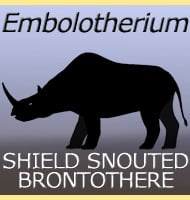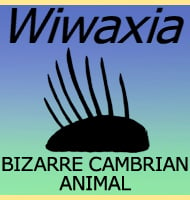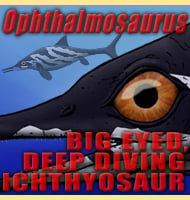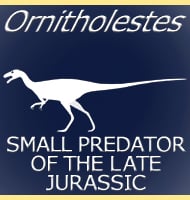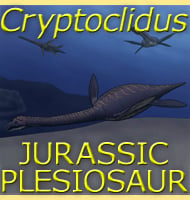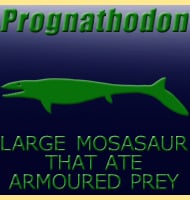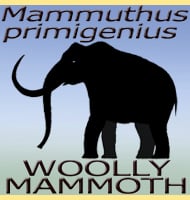In Depth
Whereas Smilodon is without doubt the most famous prehistoric big cat, Dinofelis is the most notorious. This notoriety comes from the long association of Dinofelis hunting and eating early hominids like Homo habilis, Paranthropus and Australopithecus afarensis, thought by some to be an ancestor to modern humans. This predation reveals that Dinofelis was active in Africa, but the various species attributed to the genus are wide ranging with remains being found across Eurasia and as far as North America.
Dinofelis is often called a ‘false sabre-toothed cat’ because while its front canines are enlarged beyond a point normally seen in today’s big cats, they were not as large as the ‘true sabre-toothed cats’ like Smilodon that belong to the Machairodontidae. It must be remembered though that ‘false sabre-toothed cat’ is a name that is more commonly applied to the nimravids, a group of cat-like mammals that appeared long before the cats. The rear teeth however are not very strong at all, something that suggests that Dinofelis was more restricted to eating softer flesh rather than crunching bones.
Aside from possibly killing and eating early hominids, Dinofelis is thought to have hunted baboons as well. Other prey items would depend upon the availability of different prey animals in different locations, but Dinofelis also thought to include other mammals, particularly juveniles of those creatures. Larger species of Dinofelis probably focused more upon hunting the larger animals in their habitats. Study of the Dinofelis skeleton has revealed that it was not a runner but an ambush hunter. This means that Dinofelis would have been more comfortable lurking in the undergrowth or pouncing from a tree to take its prey by surprise. The robust build of the skeleton, with special reference to the forelimbs, also indicates that Dinofelis had the muscle to wrestle prey to the ground so that it could use its enlarged canine teeth to inflict a mortal wound without risking dental injuries.
Further Reading
– The Blanco Fauna. – University of Texas Publication 4401:509-556. – G. E. Meade – 1945. – A revision of the genus Dinofelis (Mammalia, Felidae) – Zoological Journal of the Linnean Society 132 (2): 147–258 – Lars Werdelin & Margaret E. Lewis – 2001.

